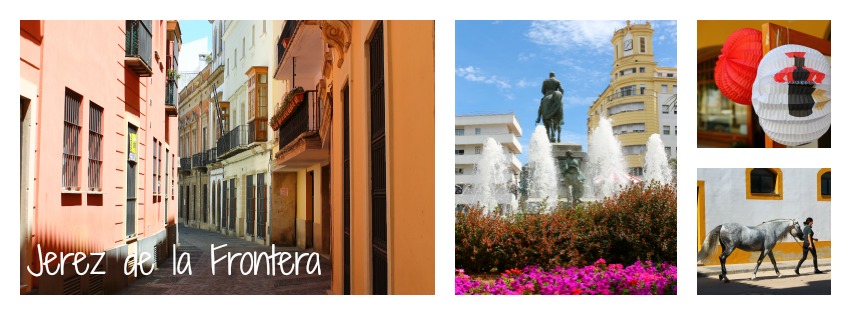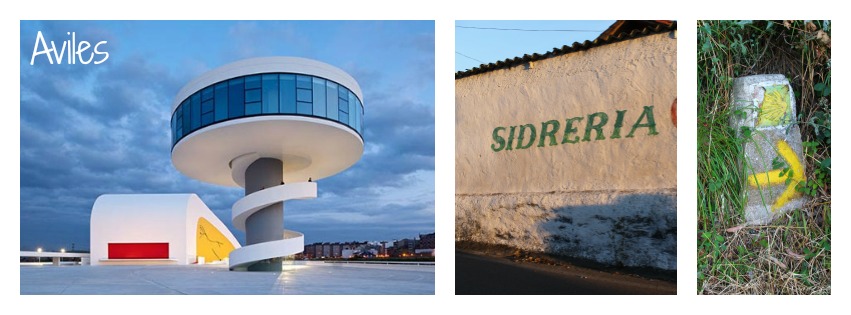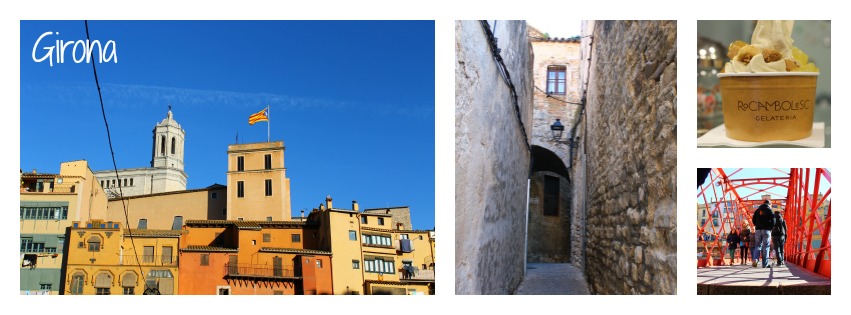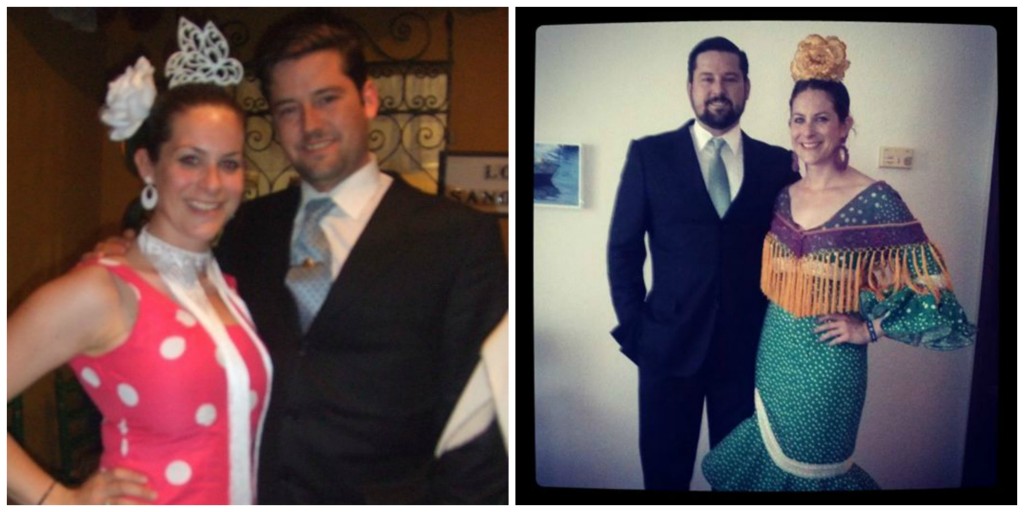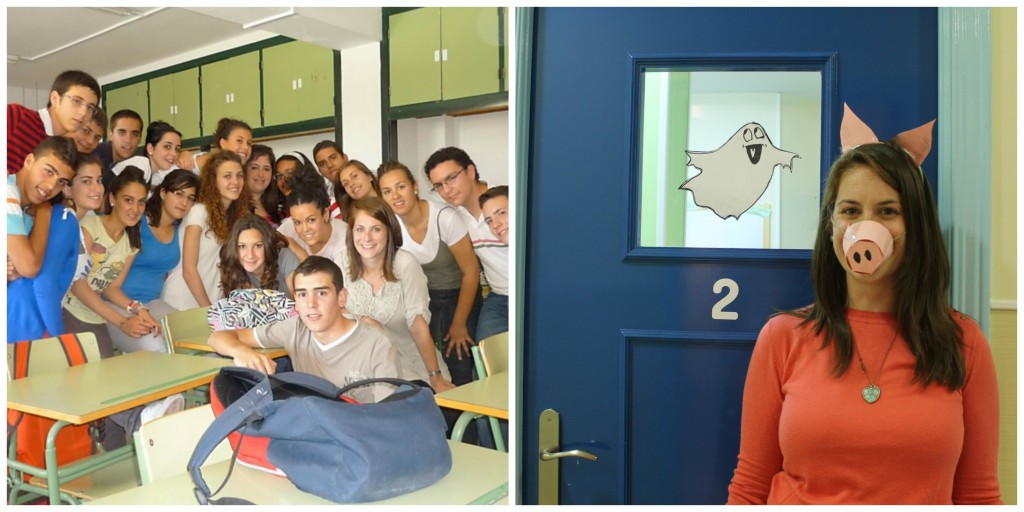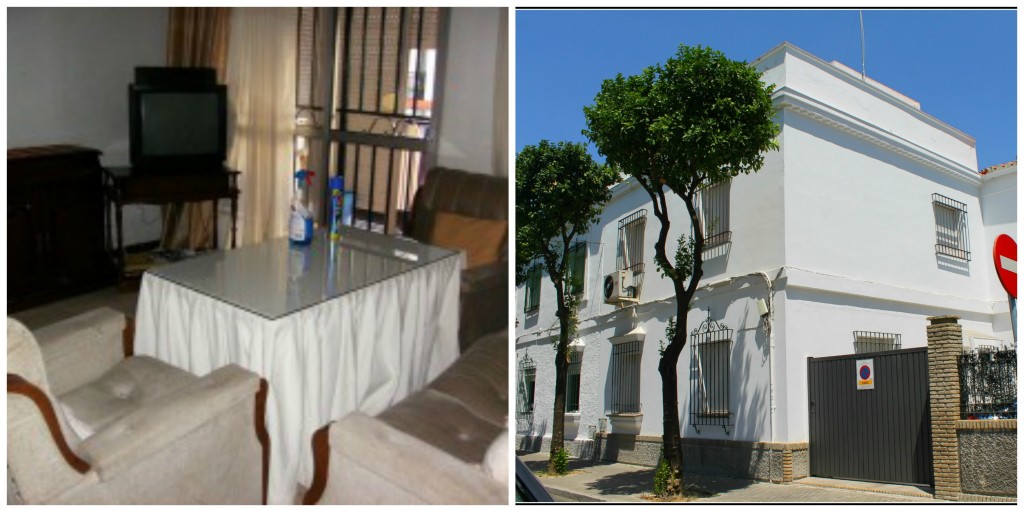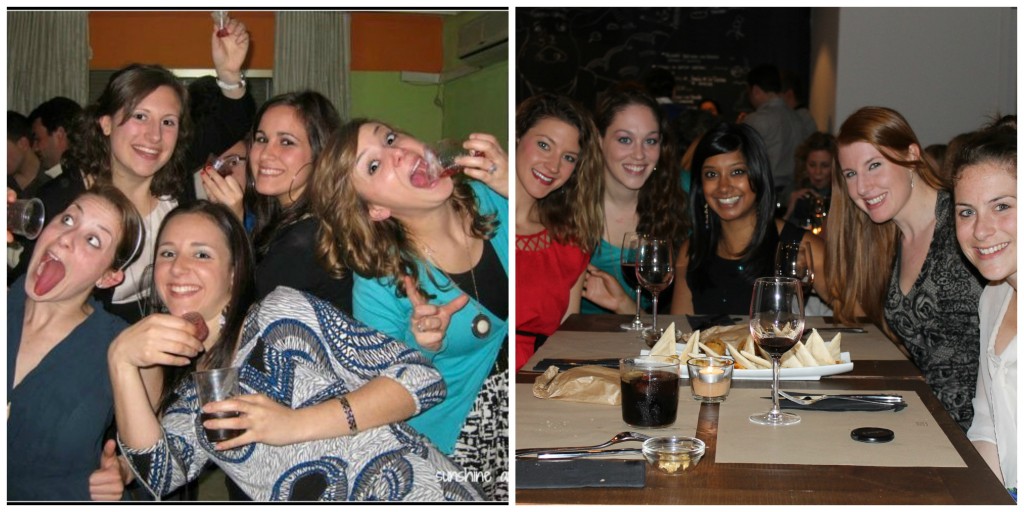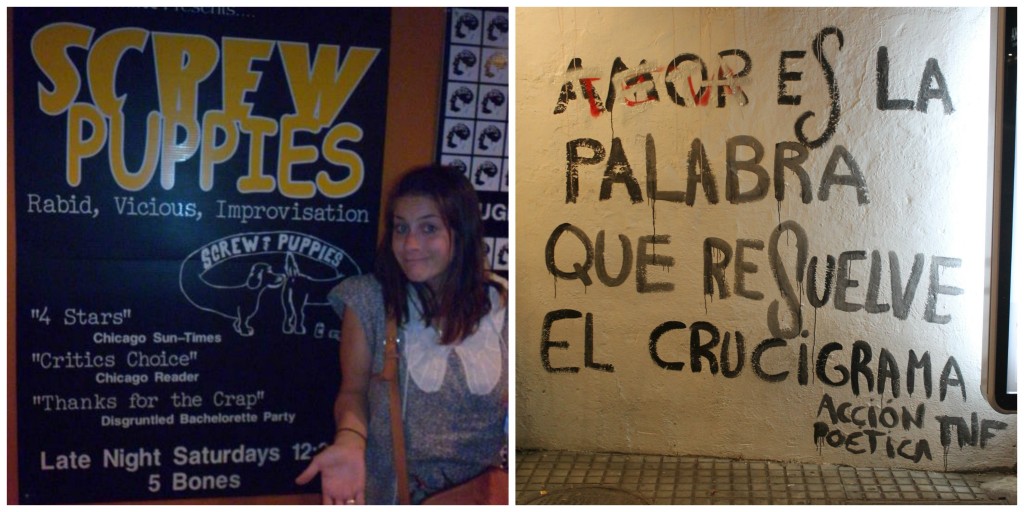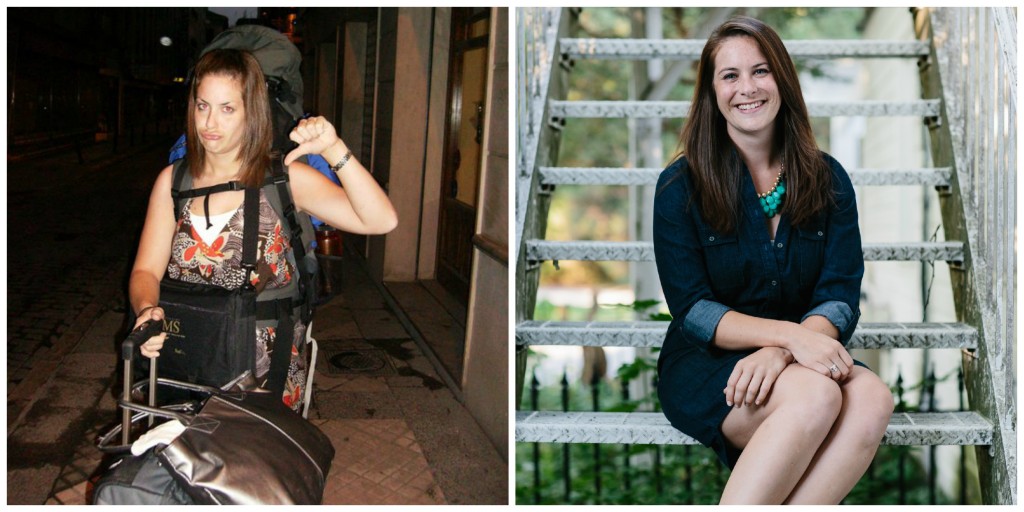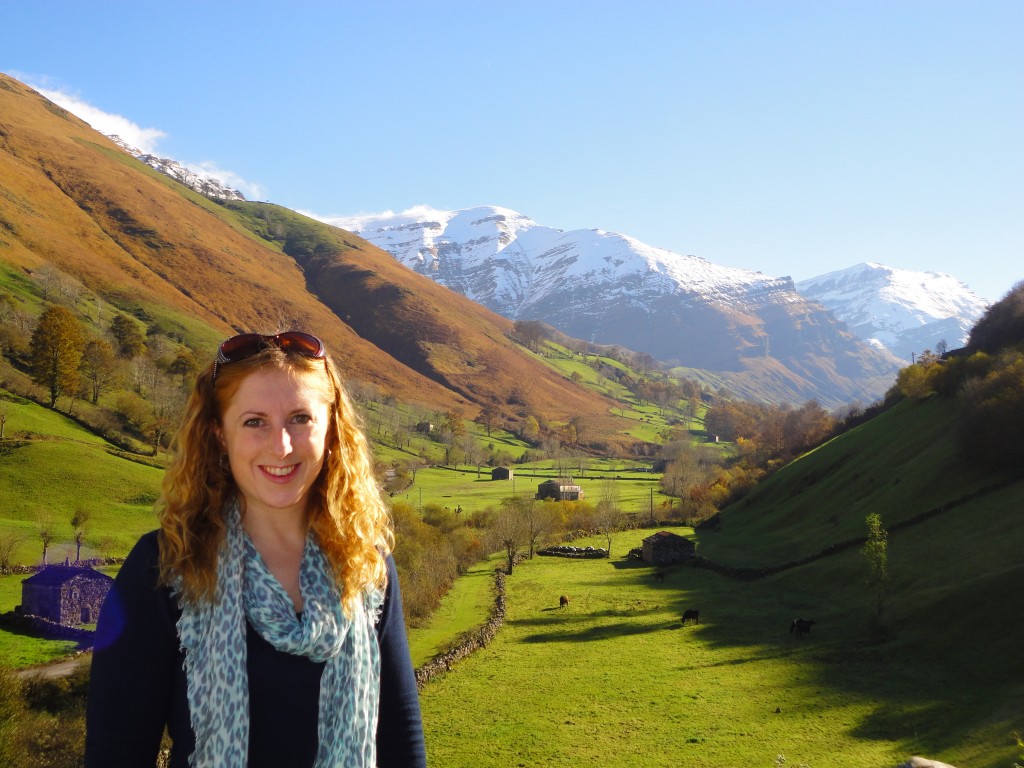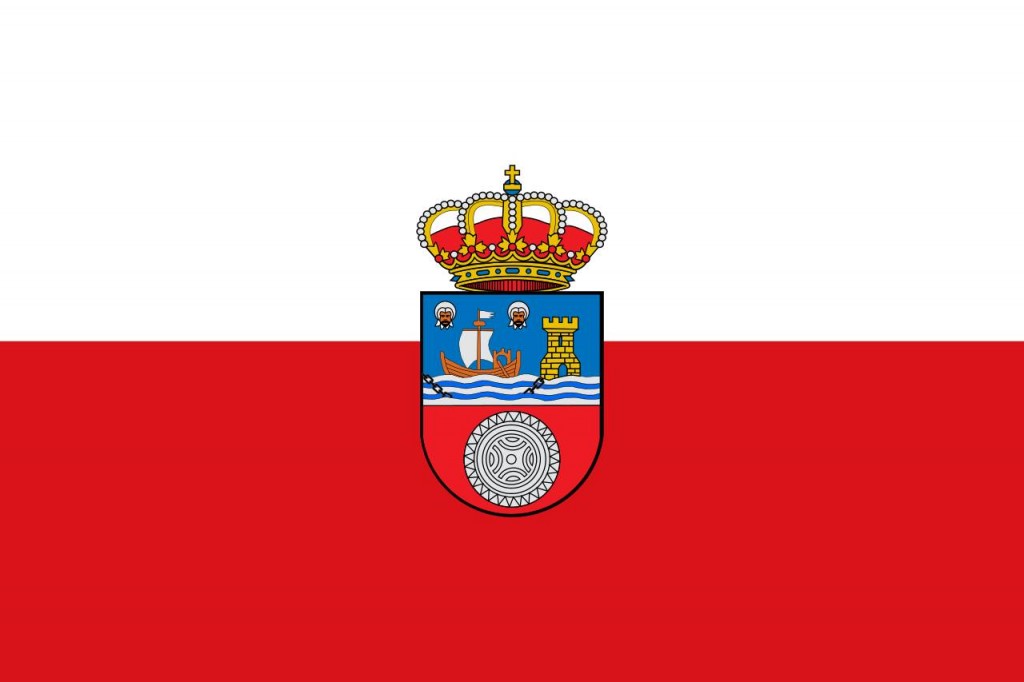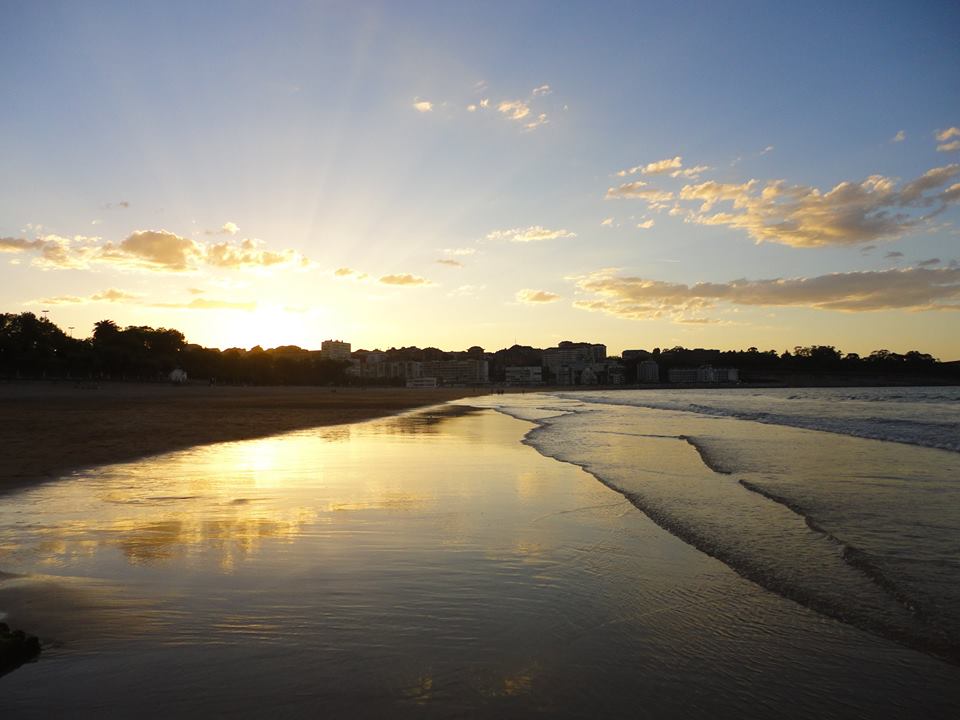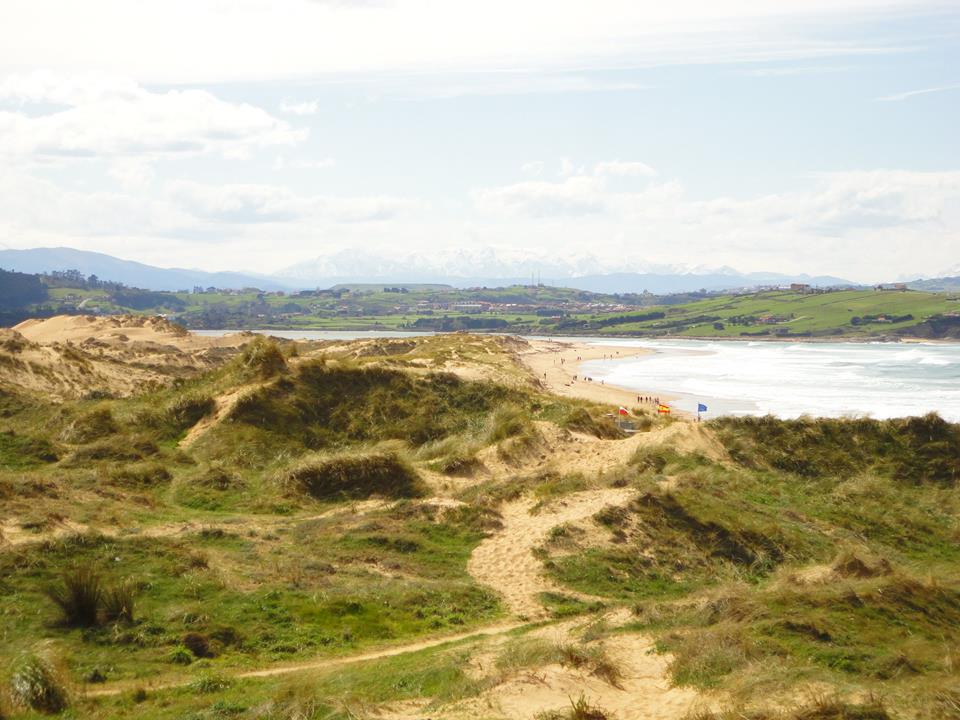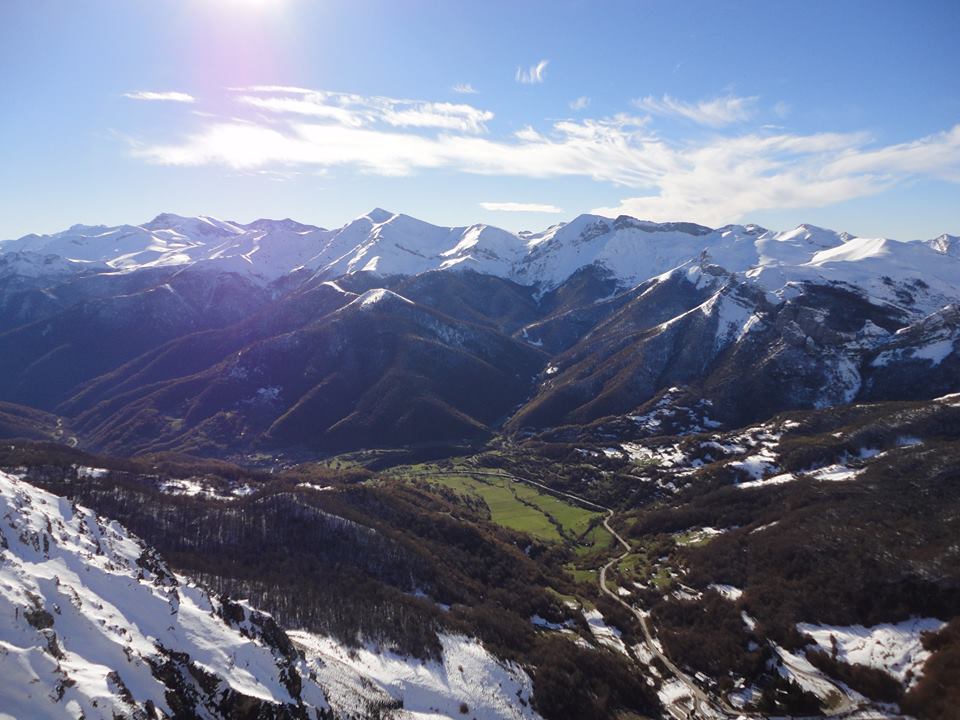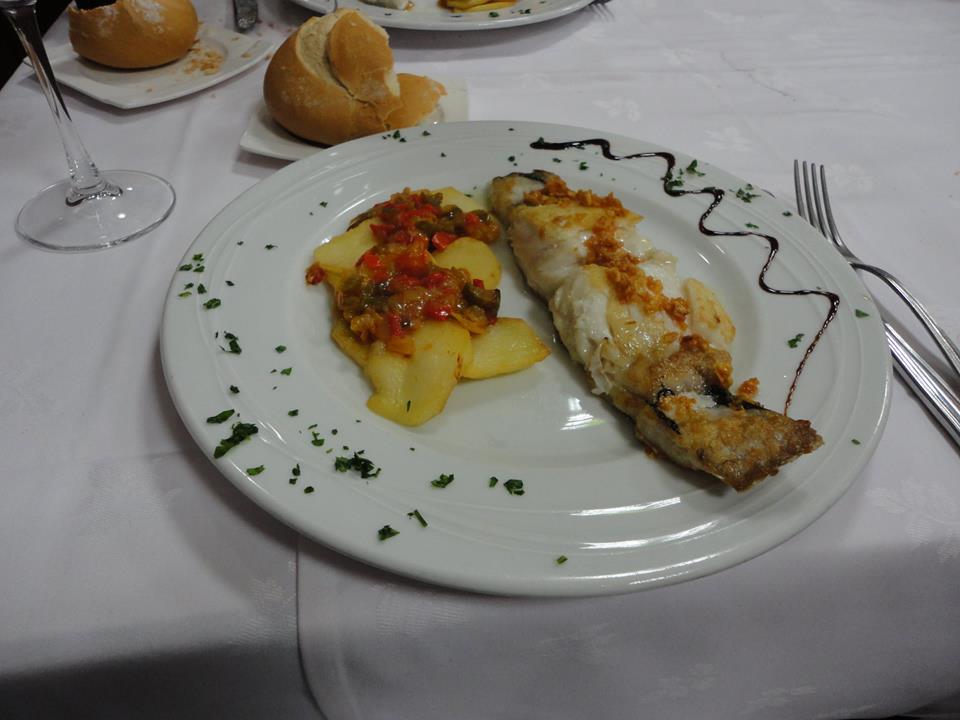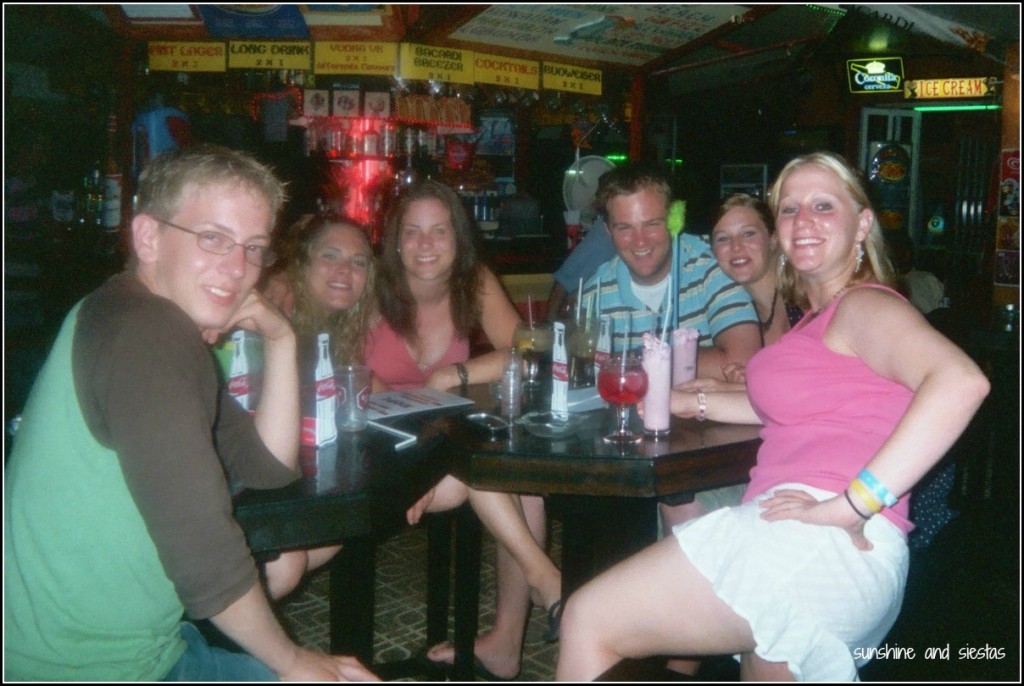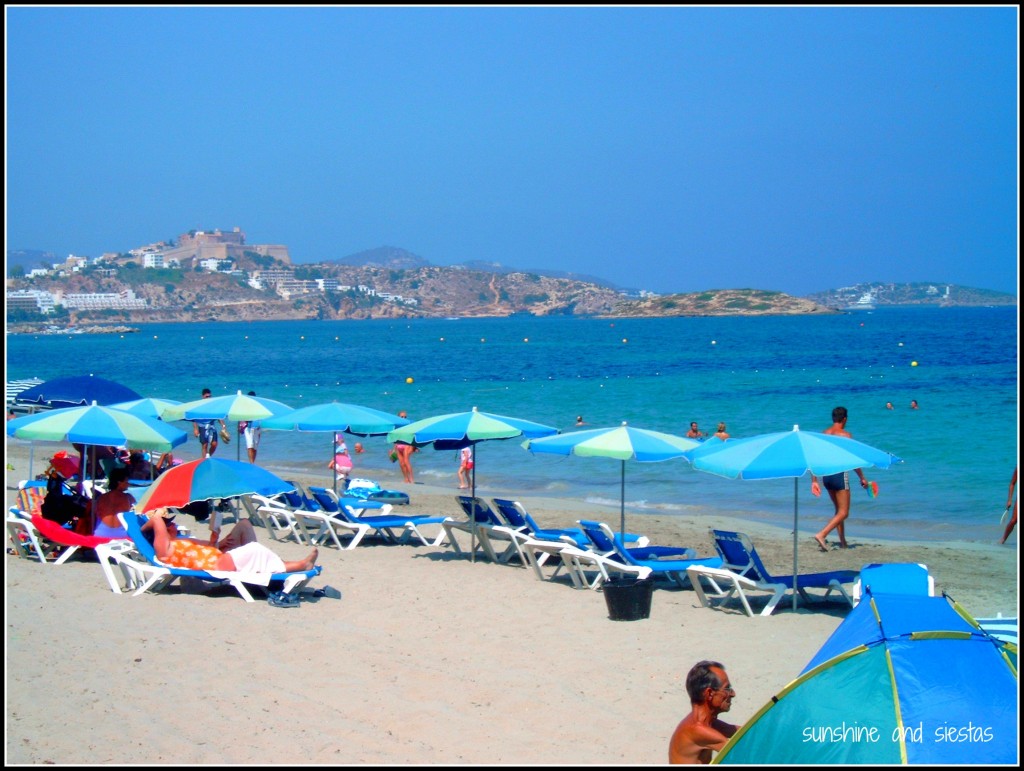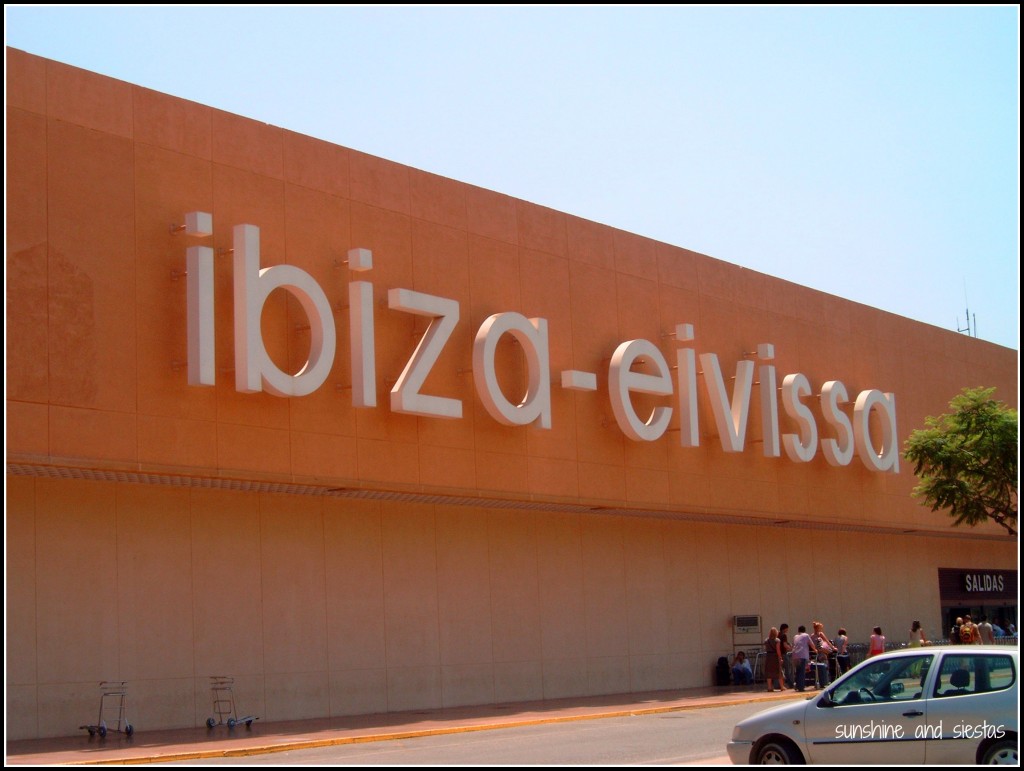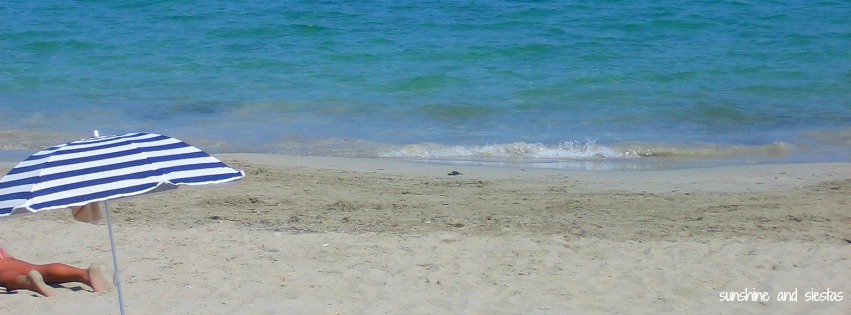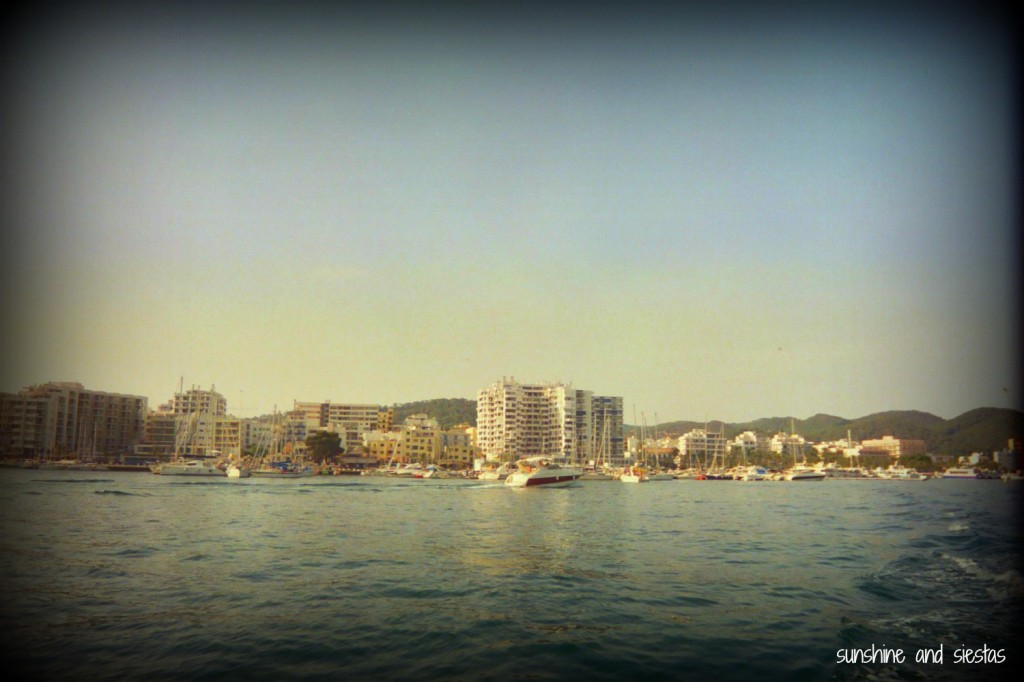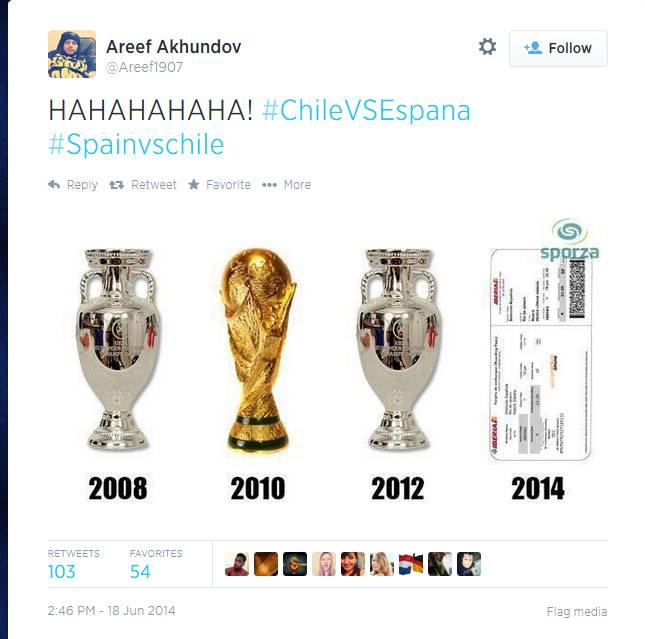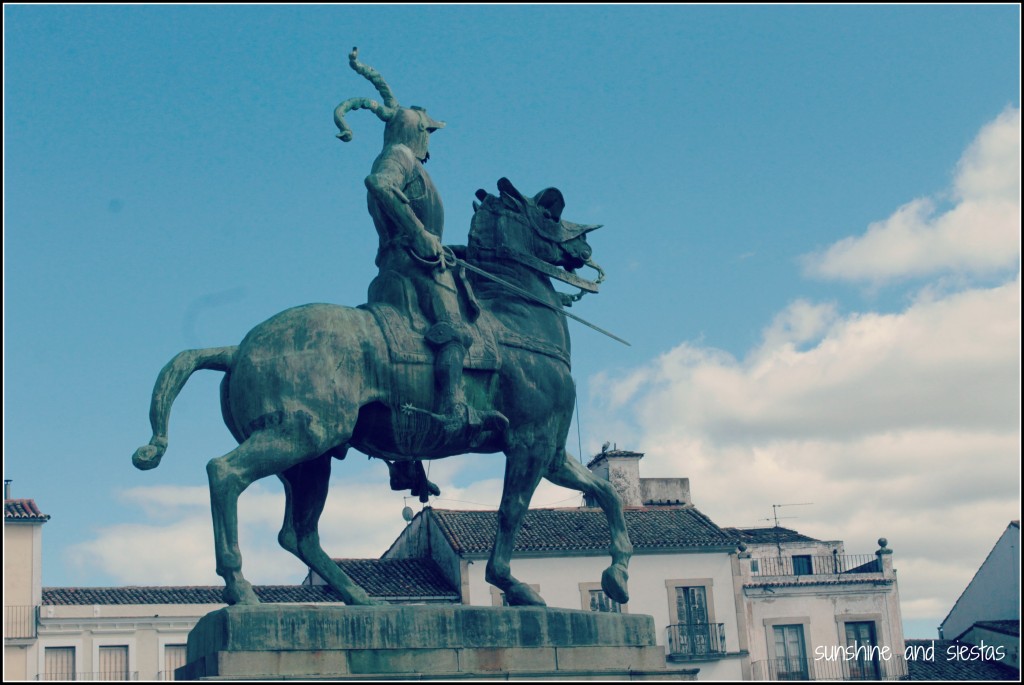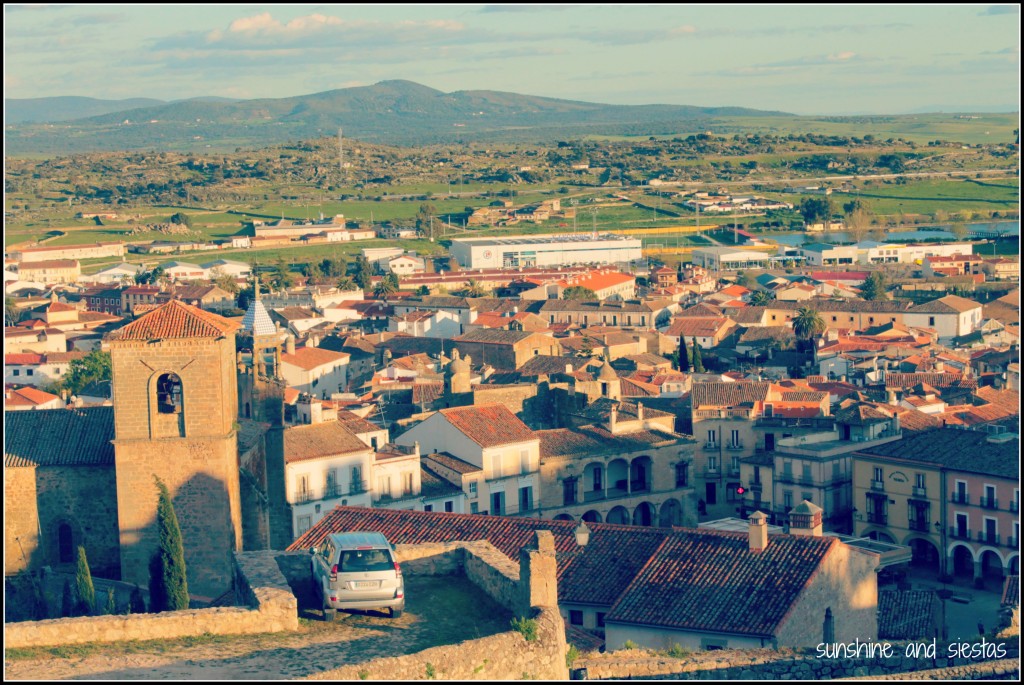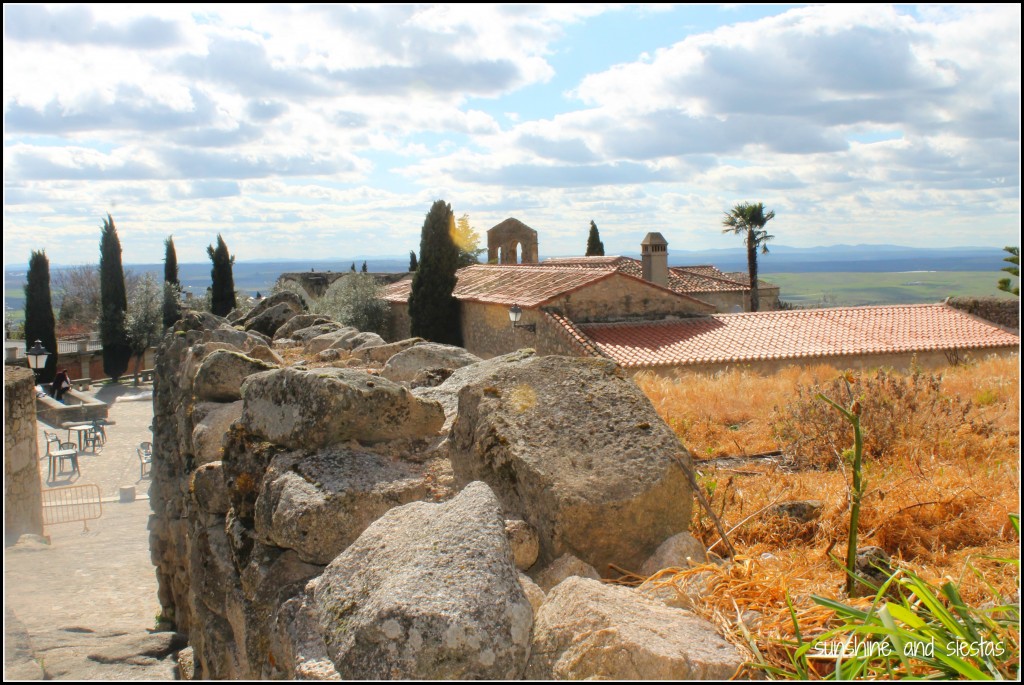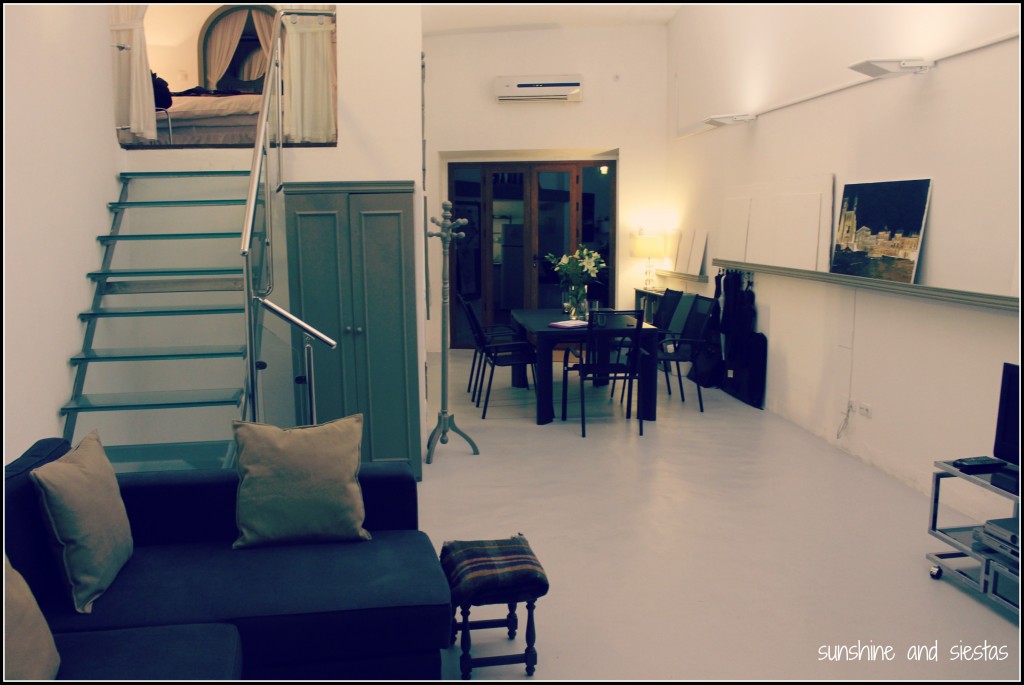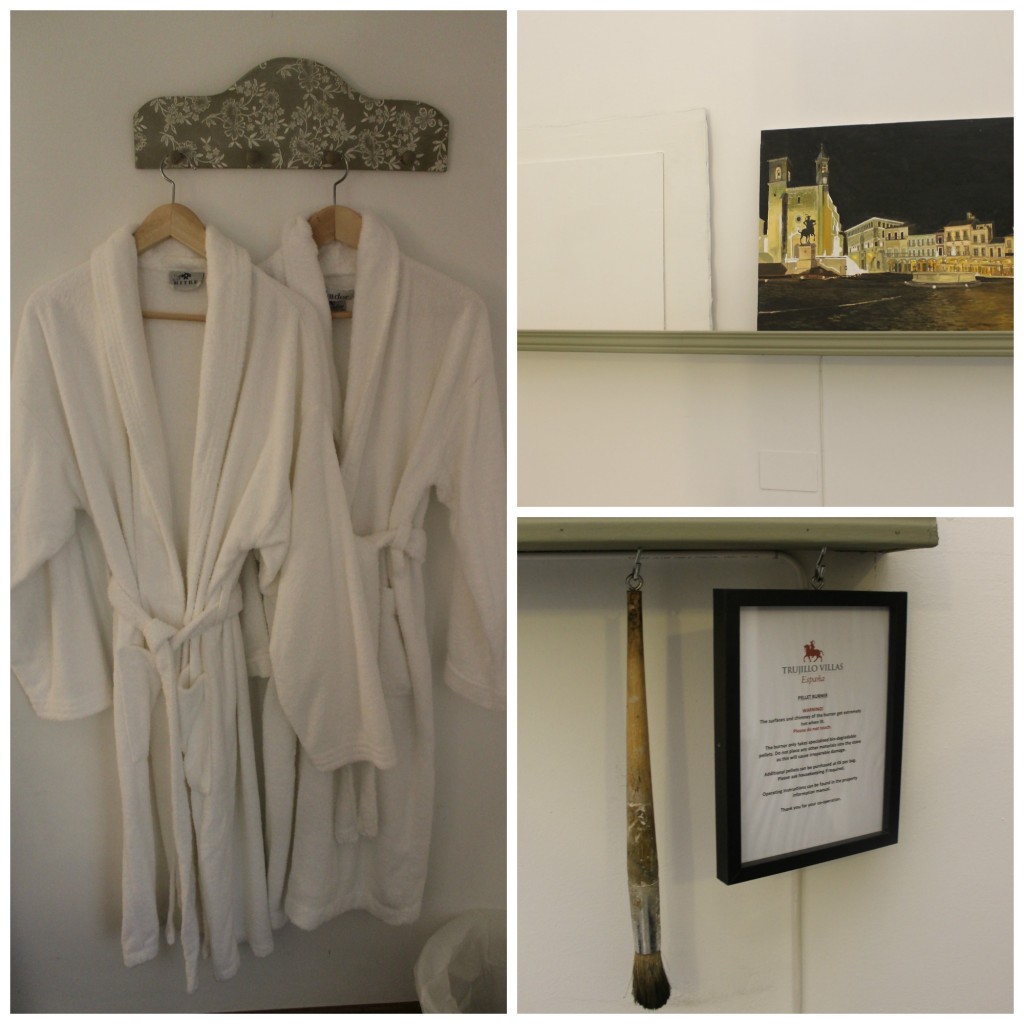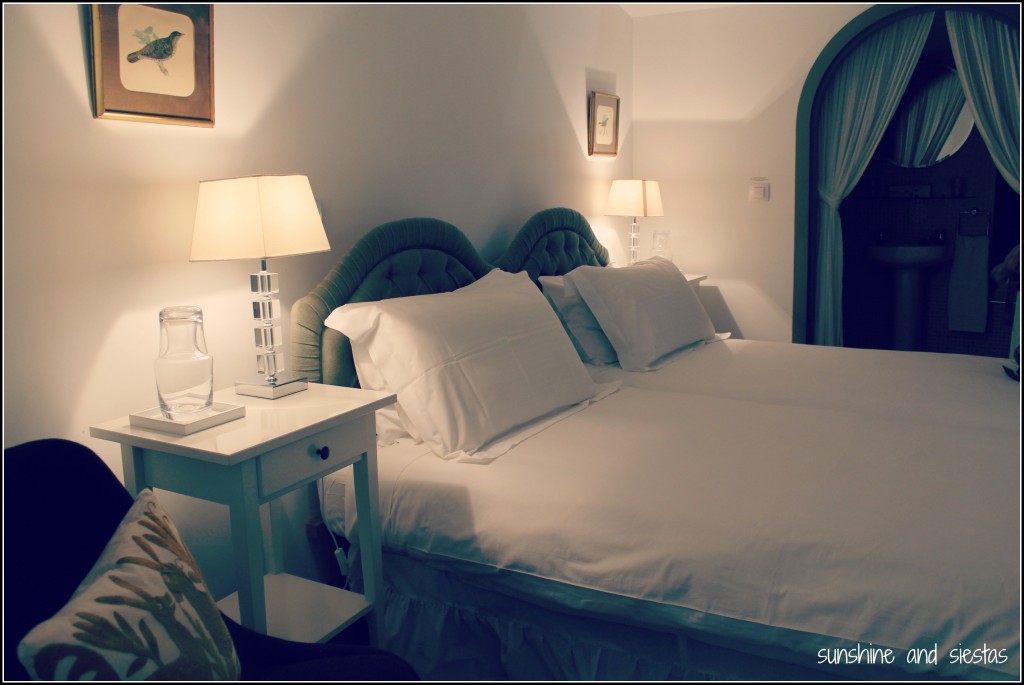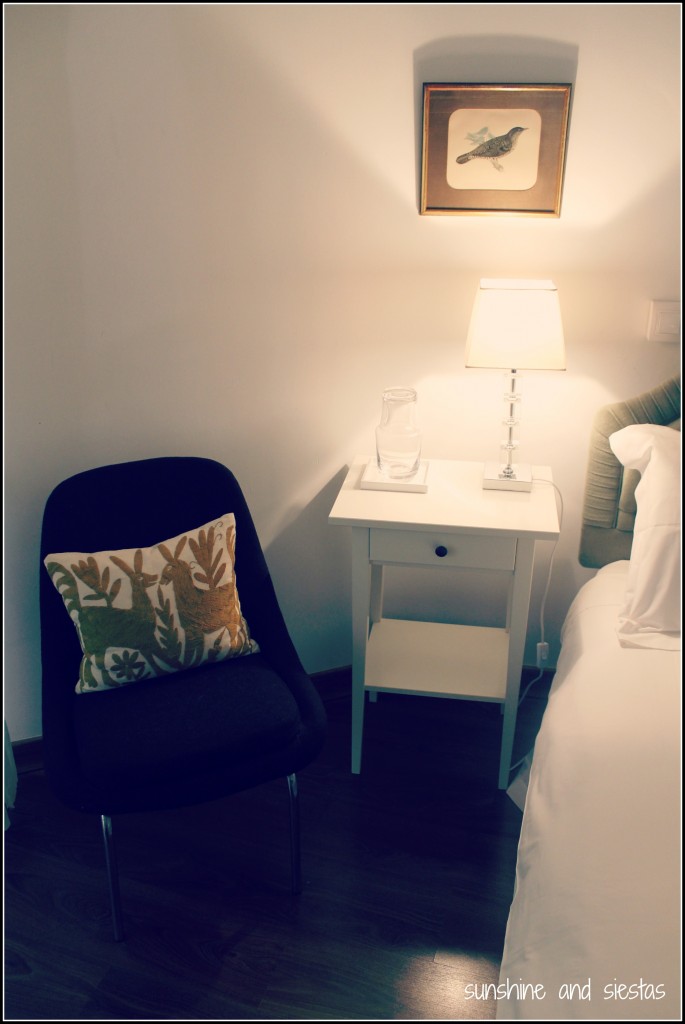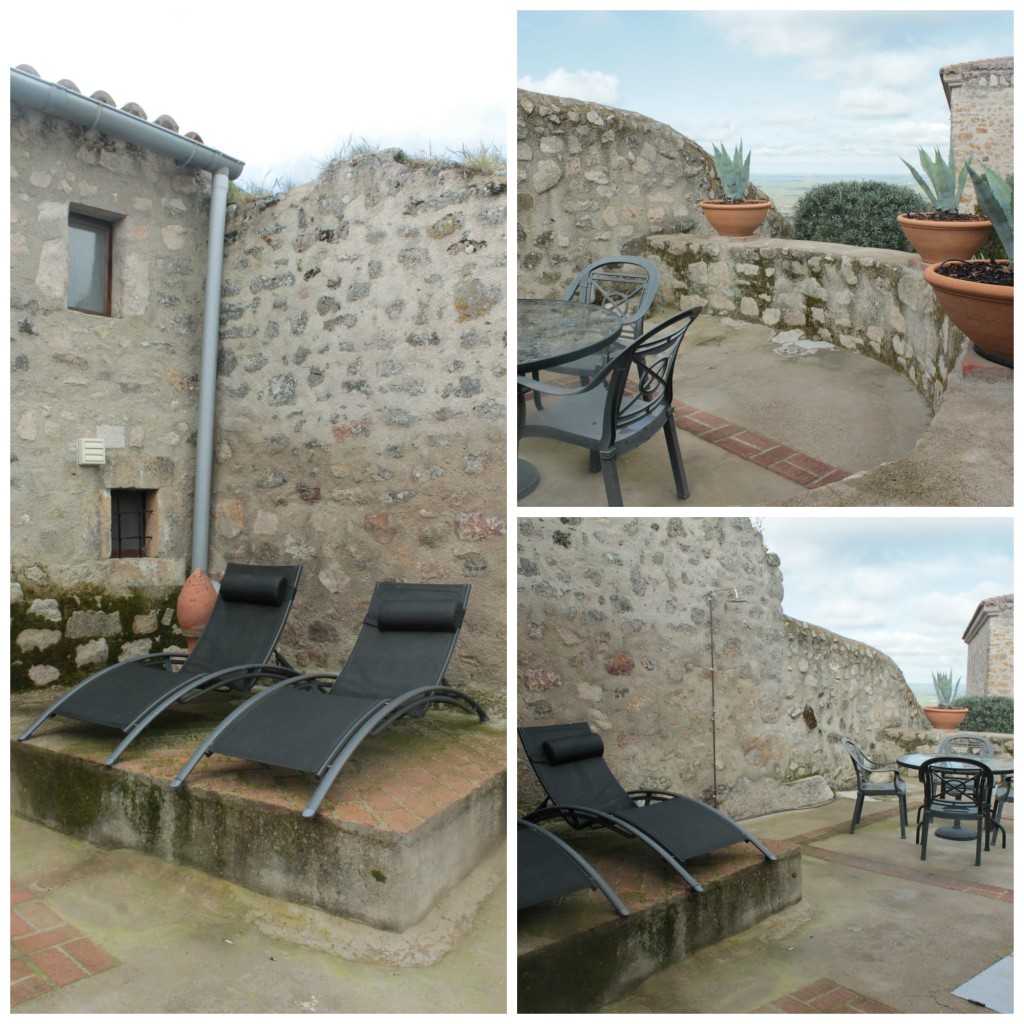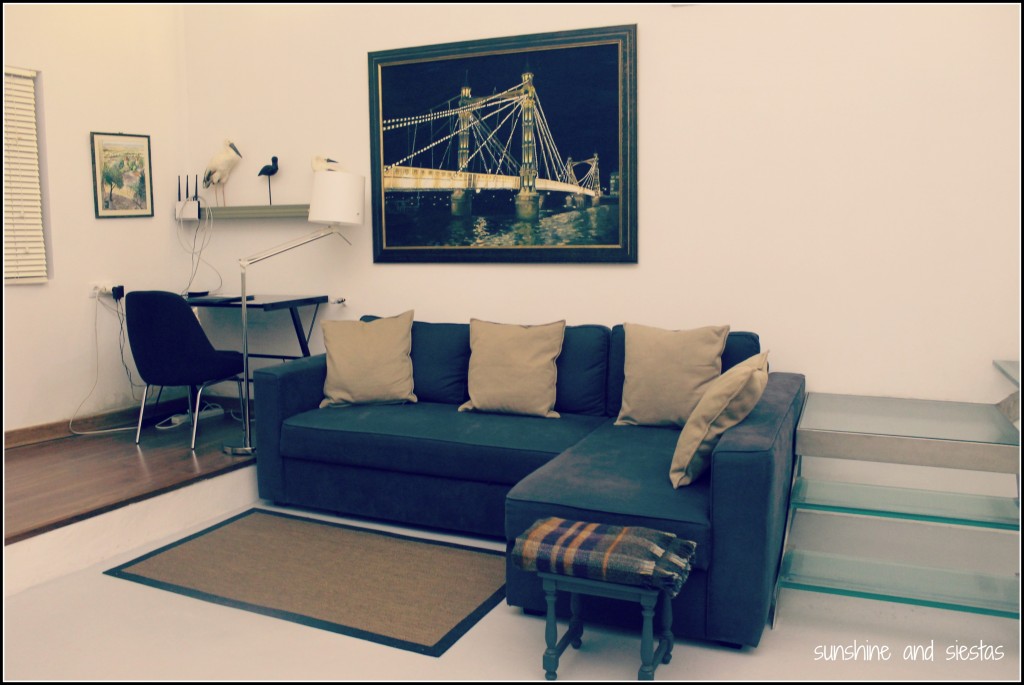When you’ve criss-crossed Spain as I have – both on four wheels and on foot – you’re bound to see a number of sites, of cities, of open road. While Madrid, Barcelona, Seville and Granada are the cities most synonymous with a ten-day itinerary through Spain, I’ve been pleasantly surprised with the, um, surprises in lesser-known cities and towns we’ve hit along the way.
Some have been planned, others were by pure luck or a because of a tummy rumble, or the place where I’d planned to rest my head. If you’re planning a trip to one of Spain’s big cities, there are plenty of other stops to consider not too far away:
Don’t go to SEVILLA: go to Jerez de la Frontera (Cádiz)
Sitting smack dab in the sunflower fields between coastal Cádiz and Seville is Jerez de la Frontera, a city renowned for its sherry and purebred Andalusian horses. Their fair is open to the public, their pubs fun and cheap, and the city is a gateway to the pueblos blancos in the region (as well as the beach!). I love Jerez because it’s like Sevilla lite – all of the andalusian salsero without the cost or the snobbery.
read more about Jerez.
Don’t go to OVIEDO: go to Avilés (Asturias)
Choosing a place to start the Camino del Norte last year was easy: we had two weeks, so we counted back 14 stages and ended up in Avilés, the third largest town in Asturias. While we’d heard that the city was smelly, industrial and a little unwelcoming, Hayley and I explored the town on foot the night before starting the big hike and found it a beautiful juxtaposition of traditional and up-and-coming. The food choices were outstanding, the buildings colorful and there were small pocket plazas and green spaces throughout the city center. It’s a quick FEVE ride from Oviedo and worth an afternoon.
Read more about Asturias
Don’t go to CÁCERES: go to Garganta la Olla (Cáceres)
After a disappointing visit to the Yuste monastery in the backwoods of Extremadura, we steered our car down the steep, cherry-blossom covered hills to the hamlet of Garganta la Olla. Rumor had it that it was one of Spain’s most beautiful villages – and it was – but it won me over with its bountiful free tapas, its dilapidated wooden porches and its local legends. It’s a bit out of the way, but a wonderful little place to wander through.
Read more about Extremadura
Don’t go to BARCELONA: go to Girona
I ended up in Girona after booking two flights with a long layover in the RyanAir hub of the same name. I expected to find an airport with something to keep me entertained, but instead saw little more than a snack bar. Plan B: get my poor culo to Girona and walk around to kill time. The city’s colorful buildings seem to tumble into the river, and its medieval alleyways and religious statues provide plenty of entertainment. It’s also home to some of Spain’s best dining! I don’t like Barcelona, but Girona is a quick escape away.
Read more about Cataluña
Don’t go to BENIDORM: go to Calpe (Alicante)
I was psyched to be invited on my first blog trip, #Calpemoción. I knew very little about the beach destination, other than that it was just north of Benidorm. From our first glimpse of the Ifach to the fresh seafood to stand-up paddle surfing, it was a beach escape worth repeating. What stood out about Calpe were the people we met, who had worked hard to be sure that tourism – while the city’s lifeblood and its most important sector – didn’t take away its charm.
Read more about Calpe
Spain is most like itself in its small towns and off-beat destinations. There are plenty of other places I’ve really enjoyed – Murcia, Cádiz, Alcalá de Henares – and others that are pure hype. Sure, Madrid has its museums and Barcelona has Gaudí, but getting out of the big cities makes trips more and candid. Thanks to a new house, I’m sticking close to home for my next few trips – Valverde del Camino, hiking in the Sierra Norte and a quick jaunt to Madrid with a visiting friend.
This post was brought to you by Booked.net – Top Destinations to Go There Booked.net – Top Destinations to Go There, and I’m encouraging other bloggers to take part. So let’s hear it, Jessica | Mike | Tiana | Kaley | Courtney!
What’s your favorite city or town in Spain? Why do you love it? Have you been to any of the places listed above?
